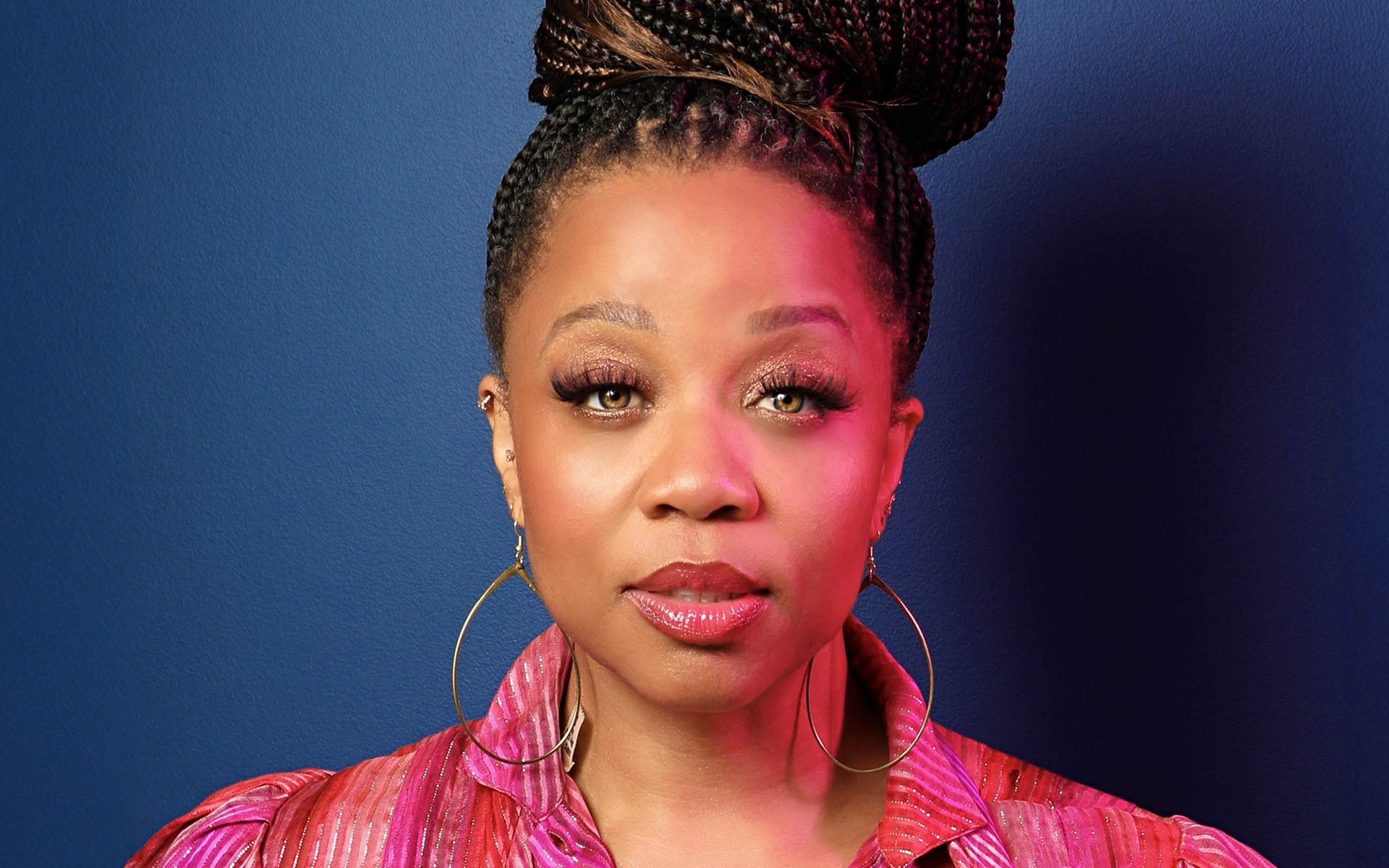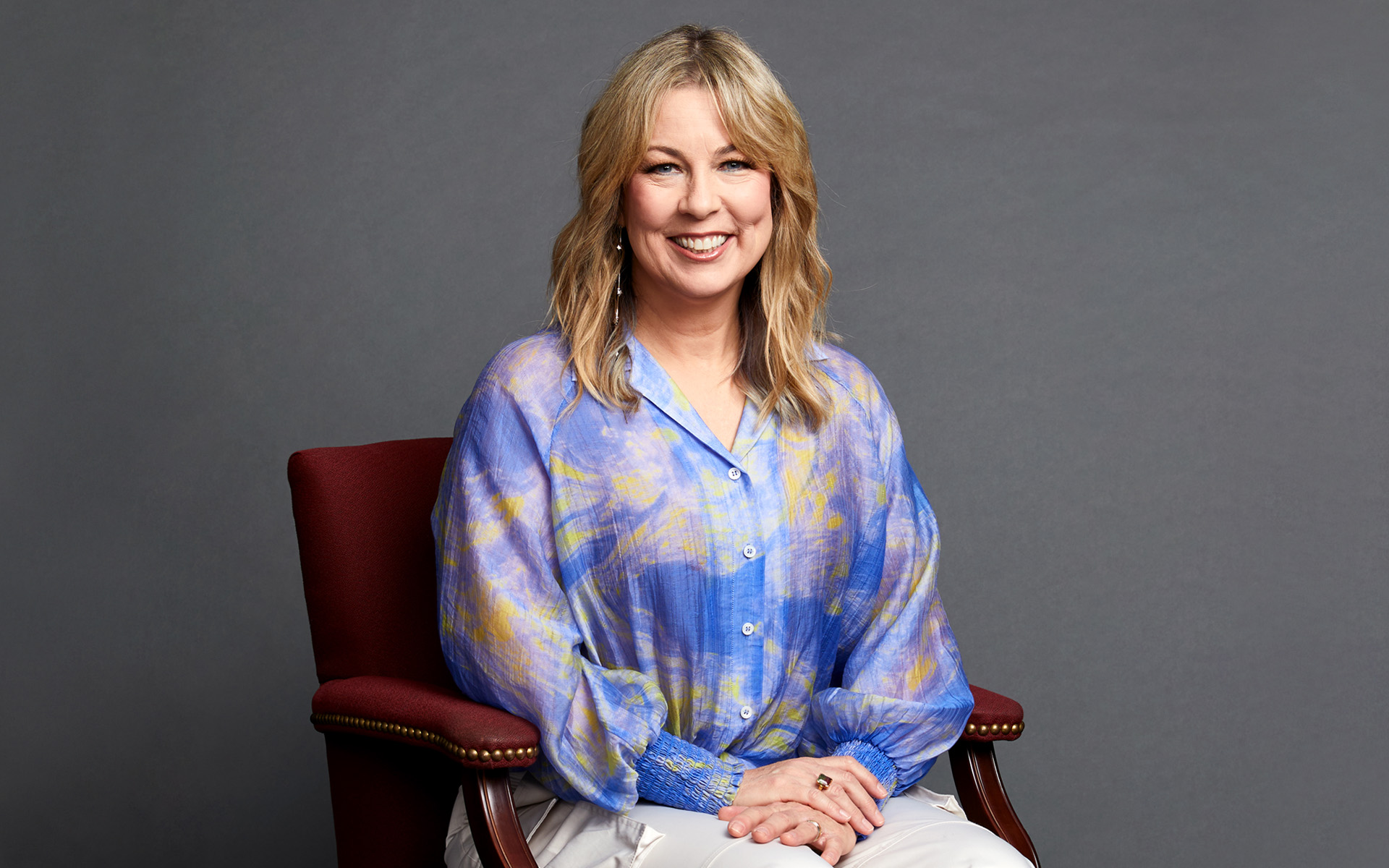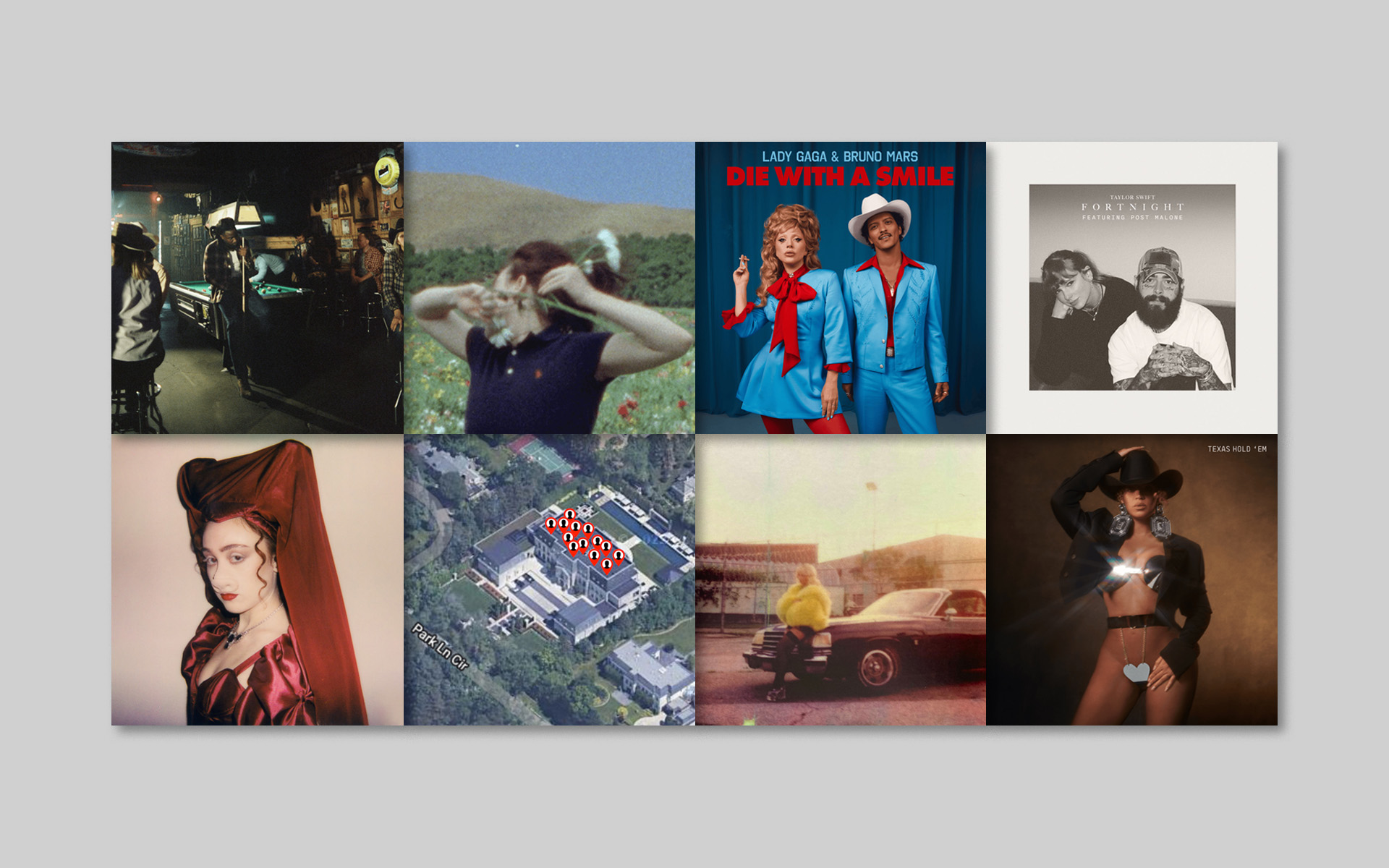If you’ve ever started writing a song with either a strong lyric or melodic idea, then you know that getting these two elements to agree can be like bathing a cat. Either our lyric has too many syllables to suit the melody, or our melody doesn’t fit with the lyric’s stress pattern.
When I listen to The 1975 hit “Give Yourself A Try,” I can almost hear from the writing room: “Screw it. Just sing the lines and make ‘em fit.” The important idea here is that the flexible setting of melody to the lyric rhythms sound so misfit they feel absolutely intentional. I notice the lack of refinement, the dryness of the delivery as the lines end with a sudden lack of finesse. The melodic motif or theme repeats over and over again throughout the verse, as the rhythms adapt more or fewer syllables, while the pitches remain strictly repetitious. As a songwriter, I can take that tool and run with it, allowing inconsistencies in my melodic rhythm while keeping the pitches absolutely consistent.
This tool works best when the lyric carries weight and substance. The lyric of “Give Yourself A Try” is chock-full of specific and sensory detail:
You learn a couple things when you get to my age
Like friends don’t lie and it all tastes the same in the dark
When your vinyl and your coffee collection is a sign of the times
You’re getting spiritually enlightened at 29
Whether the lyric is my cup of tea or not, it dares to list details that “show” rather than merely “tell” a feeling, as if my life is right there on the page with the mention of my “friends” and the things I might have experienced in the dark. And notice the point of view with “you.” This is a beautiful tool, inviting the audience to consider our own lives as we listen. I feel the singer is singing to me, and this humanizes the artist as we connect over shared experiences.
Try this in any one of your own songs simply by changing the pronoun in the verse to “you.” Adjust the lyric as necessary to make it make sense, and feel how that simple change colors the message of the song differently. Consider whether it’s a positive change, and how the story you’ve chosen may pull toward a different direction now.
As we move from the verse into the chorus, the rhythm of the melody changes drastically from short, unpredictable note lengths to long ones, and phrases that begin before the downbeat of the measure instead of after. The pitches change from a jagged verse interval to a smooth, safe step-wise movement down the scale, which only amplifies the transition from uncertainty in the verse to encouragement in the chorus. Clearly the writers know how to match a melody to a lyric, or a lyric to a melody, depending on the process they used to write this chorus:
So just give yourself a try
Won’t you give yourself a try?
Won’t you give yourself a try?
Won’t you give?
When is the last time I allowed myself to repeat a simple phrase like “Give Yourself a Try” over and over as the extent of my chorus? A poignant question for someone who toils over lyrics.
TAKE A SONGWRITING COURSE WITH ANDREA STOLPE
Another great tool of this chorus sits in that last line. Instead of repeating the phrase four times, they choose to alter the last line of lyric and melody by simply shortening it. It allows for closure by intimating something new without complicating the section with an altogether new idea.
Now comes the inevitable question, “Yeah, but did the writers really say to themselves, ‘we need contrast, so let’s reach into our handy dandy songwriting toolbox and see what we can use?’” In a sense, the answer is yes. The beauty of putting in the hours as a songwriter is that over time, we what used to come with conscious effort becomes natural. Our inspired moments are the product of the practice we’ve put in, and the volumes of artistic influences that comprise our lyrical and musical vocabulary. That doesn’t mean we won’t have our share of uninspired moments. I know I’ve got mine, and will continue to have them. But seeing the tools so simply expressed in songs like “Give Yourself a Try” inspires me to try them again in my own songs. Go on, bathe your cat. After a while, even cats get used to a little water.












